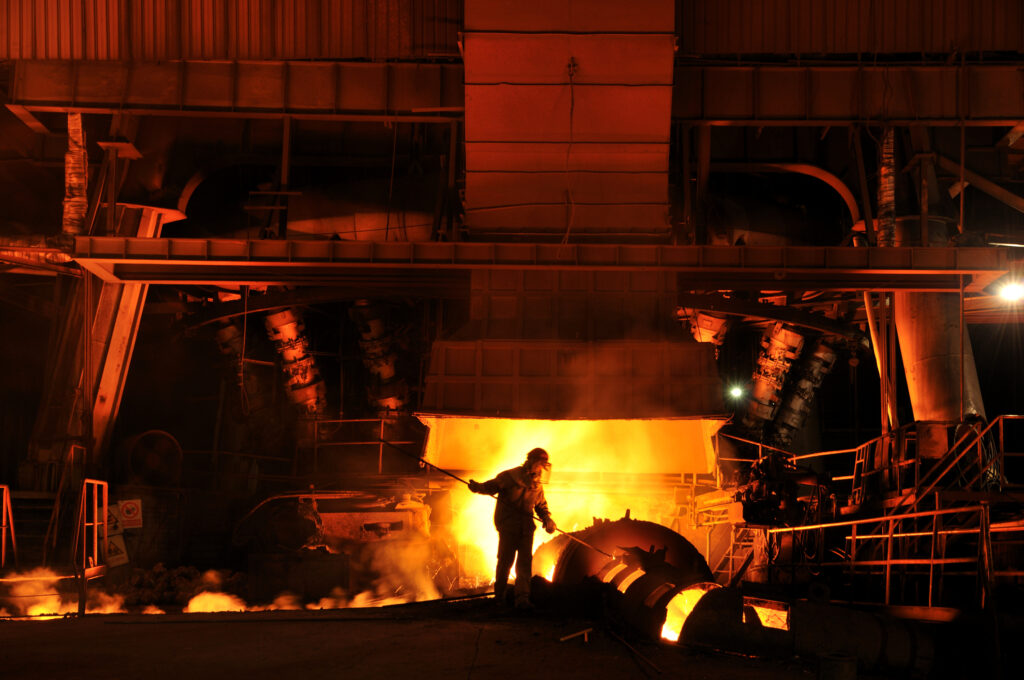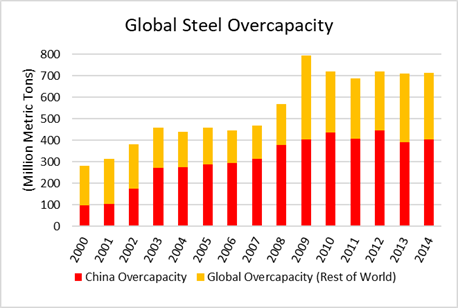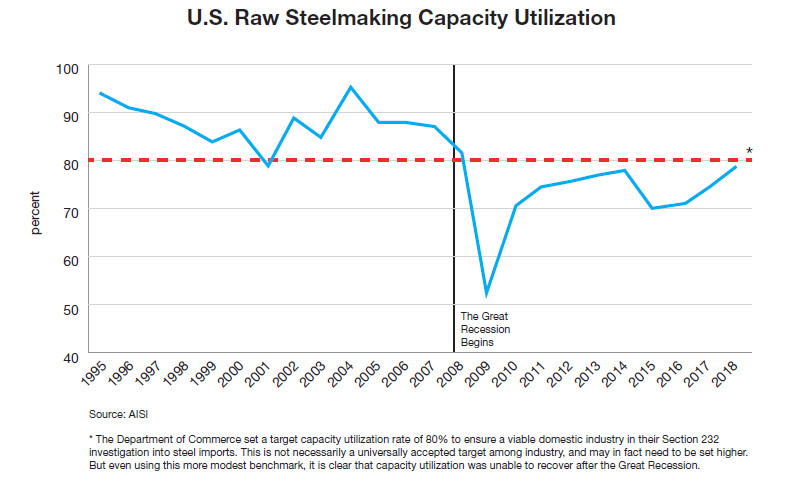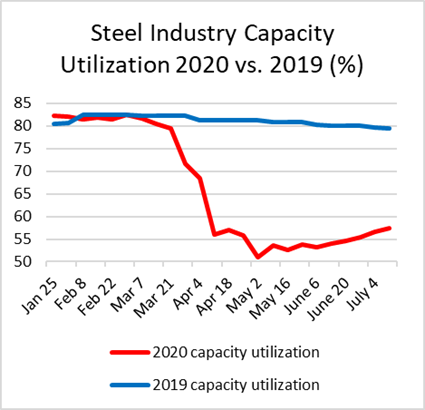
There’s a lot of serious stuff going on. The devastating COVID-19 pandemic continues, as does the serious work of addressing systemic racism. Wildfires are burning out of control on the West Coast, and Iowa is still recovering from the derecho that hit last month.
Plus, squirrels have the plague. There are Murder Hornets. All we have left are the locusts and rain of frogs. (Editor’s note: we’ve already had the locusts.)
But here at the Alliance for American Manufacturing, we do, well, manufacturing. It is our job to think about what policy is needed to strengthen our industrial base and create good-paying jobs across our country, which is something that is especially important given the economic fallout of the ongoing pandemic.
To make sure the United States is ready to rebuild our stalled economy, the AAM team put together a new white paper specifically examining the steel sector, an absolutely critical industry that supports nearly 2 million jobs (and is essential for our national security).
Titled Steel Under Pressure: COVID-19 Threatens a Critical Industry and American Workers, the paper serves to remind us of the lessons from the last major recession and to highlight the challenges the industry faces this time around.
It’s easy to think of the economy as a monolith that goes into recession and comes out with little difference for individual sectors. But in reality, recessions can be particularly damaging for manufacturing. The sector’s recovery typically lags behind the overall economy.
The Great Recession was no exception.
And for steel, a post-recession recovery can be even more precarious. Steel mills can’t be turned on and off like a light switch (unless you have Thor). It can take months to wind down and restart production. So, if economic challenges mean a plant shuts down, it is a significant (and expensive) endeavor to get it back up and running again, even if the rest of the economy is roaring back.
But steel also faces another unique challenge: China’s state-owned steelmakers.
China’s steel industry is essentially government-run, and heavily subsidized by the regime. China’s steel mills don’t have to worry about making a profit in the same way our steelmakers do, and keep making huge amounts of steel no matter what is happening in the rest of the world.
What is especially worrisome is the role that China’s state-led steel sector plays in the global economy. After the Great Recession, China’s sector continued to churn out more steel than it, or the world, needed, and continued to bring new capacity online.
While the recession “ended” in 2009, global steel overcapacity, largely driven by China, led to a lost decade for American steel manufacturers and workers.

Capacity utilization, a measure of how much of a factory’s (or industry’s) total output ability is actually being used, did not recover until after “Section 232” tariffs on steel imports were implemented in 2018 – and even then utilization and production remained below historic levels.

This makes it difficult for steelmakers to stay in business, let alone make investments necessary for research and development, mill upgrades and a highly-skilled workforce. In turn, that weakens America’s overall industrial base and can result in serious vulnerabilities.
COVID-19 exposed the dangers of offshoring critical manufacturing. Healthcare and other essential workers still are scrambling for personal protective equipment (PPE) like face masks; automakers like General Motors and Ford had to step up to make ventilators and respirators for patients. Concerns about our pharmaceutical supply chains remain.
Now imagine what could happen if the United States lacked some of its critical industrial manufacturing in a crisis. It’s not that far off.
For instance, there is now only one manufacturer in the entire United States capable of making the electrical steel necessary for our energy grid.
Then there’s the economic challenge. The Great Recession led to the loss of over 30,000 steel industry jobs. Even before COVID-19, not even a third of these jobs had been recovered, despite the overall economy bouncing back.
Steel jobs are good jobs, paying not only more than the average private sector job, but far outpacing many of the service sector jobs that laid off manufacturing workers must turn to. When these jobs are lost, it’s not easy for individuals, families, and even whole communities, to recover. The sector also supports hundreds of thousands of jobs through worker spending and up and down the supply chain; the small businesses in mill communities, iron ore miners and processors, scrap recycling, transportation and mill services.
All told, the steel sector supports nearly 2 million jobs.
Now the COVID-19 economic crisis has the potential to be even worse for steelworkers than the aftermath of the Great Recession.
As the economy ground to a halt this spring, utilization plummeted, with mills barely using half their production capacity at one point. While there have been some silver linings, such as a less severe drop in auto sales than expected, there are more worrying signs globally.

First, there was the news that while coronavirus cases were surging in China in January and February, steel production increased by 3% over the same period in the previous year. Despite the global slowdown, production in China has not slowed considerably. While the rest of the world cut production nearly 15% in the first six months of 2020 — and some US steelmakers engaged in painful production and jobs cuts — China increased production 1.4%.
With steel use in China in 2020 forecast for around 890 million metric tons, and production headed toward 1 billion metric tons, overproduction is likely to top 100 million metric tons.
To put this in perspective, the entire U.S. steel industry produced 88 million metric tons in 2019.
This kind of overproduction, and efforts to unload it, even if it means selling below market value, roils global markets and often leads to dumping into the U.S. market, whether directly or after being shipped through other countries in an effort to evade tariffs.
We know how important the steel sector is to our country. A healthy steel industry is vital to our security and will play a key role in rebuilding and modernizing our critical infrastructure. It is a source of well-paying jobs that support workers beyond the mills; it is critical we do everything we can to ensure this backbone of our manufacturing sector can thrive when our economy begins to bounce back.
That means the United States needs to not only maintain tariffs currently in place, but will also have to make serious investments in infrastructure, with strong Buy America rules, and take steps to reassert leadership in the development and production of emerging technologies.
Luckily, AAM has this handy list of policy priorities to help guide the way. Also be sure to read the entire white paper here.
